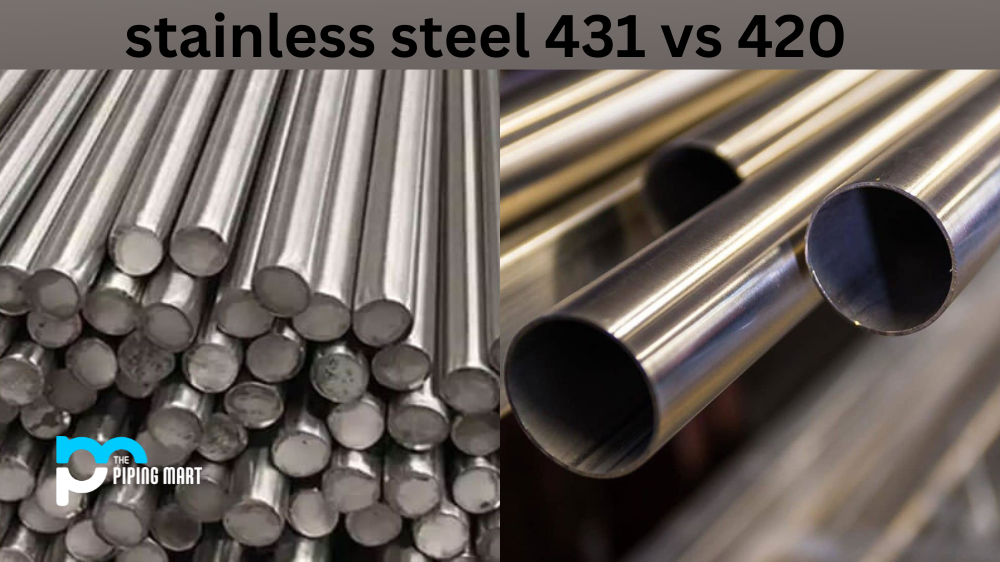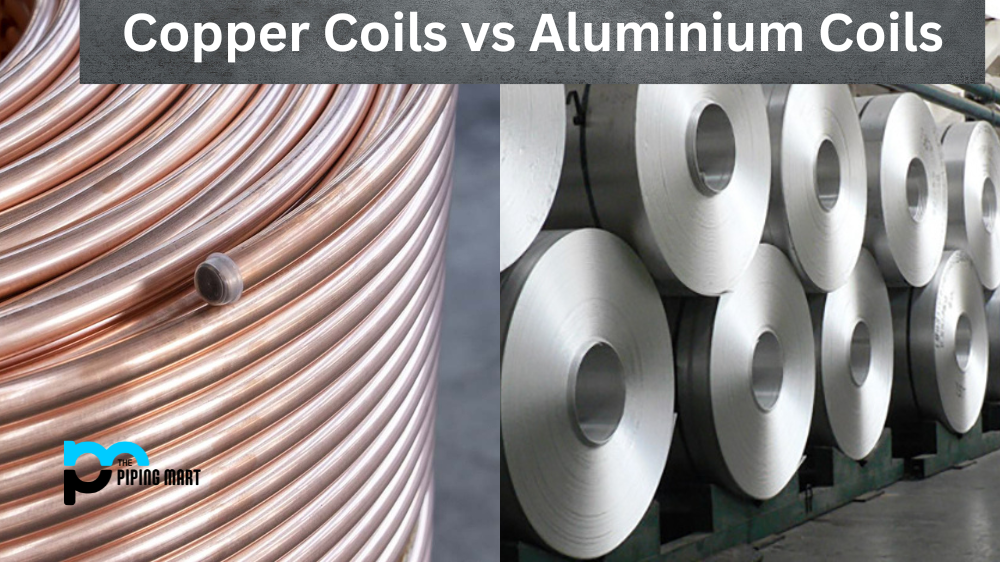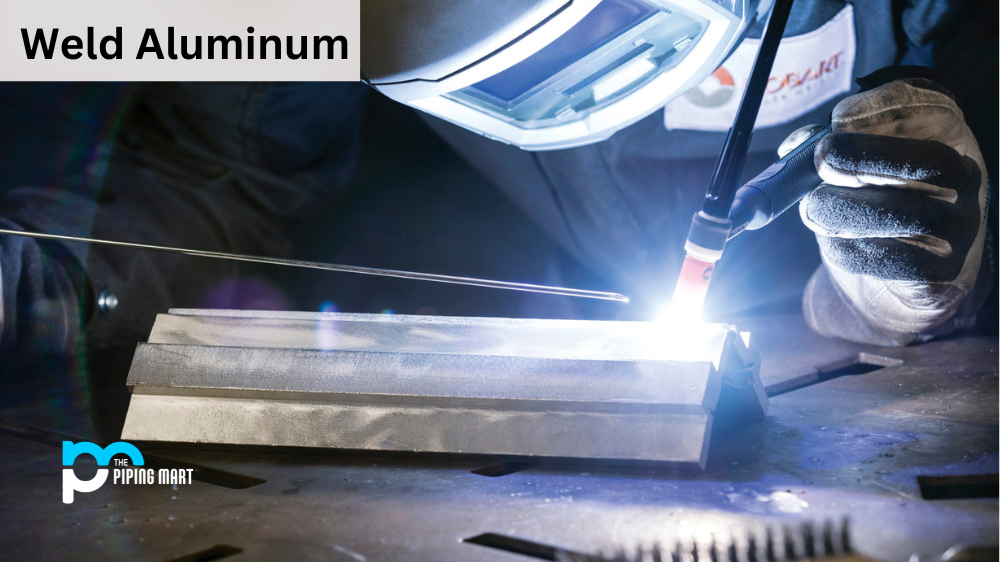Stainless steel is widely used in various industries because of its superior properties, such as corrosion resistance, strength, and durability. Stainless steels 431 and 420 are two popular grades of stainless steel that are often compared due to their similarities in composition and properties. Both are martensitic stainless steel grades that offer excellent machining and hardenability. However, these two grades differ in their chemical composition and range of applications. This blog post will comprehensively compare stainless steel 431 and 420 and help you choose the right one for your needs.
Difference Between Stainless Steel 431 and 420
Chemical Composition
The chemical composition of stainless steel 431 and 420 differs significantly. Stainless steel 431 contains a higher amount of chromium (15 – 17%) and nickel (1.25 – 2.50%) compared to stainless steel 420, which has a lower chromium content (12 – 14%) and no nickel. The higher chromium-nickel content in stainless steel 431 provides better corrosion resistance and toughness than stainless steel 420.
Mechanical Properties
Stainless steel 431 and 420 possess excellent mechanical properties and are often used in applications that require high strength and hardness. Stainless steel 431 has a higher tensile strength (1000-1200 MPa) than 420 (700-750 MPa), making it a suitable material for applications that require high load-bearing capacity. In terms of hardness, stainless steel 420 has a higher hardness (50-55 HRC) than stainless steel 431 (27-31 HRC), making it ideal for applications requiring excellent wear resistance.
Machinability
Both stainless steel 431 and 420 are well-known for their excellent machinability. However, stainless steel 431 is much harder and more difficult to machine than stainless steel 420. Machining stainless steel 431 requires advanced tools and techniques, which can increase the cost of production. On the other hand, stainless steel 420 is easier to machine due to its softer and less brittle nature.
Applications
Stainless steel 431 and 420 are widely used in various applications that require high strength, toughness, and corrosion resistance. Stainless steel 431 is often used in engineering applications such as gears, shafts, and axles, where high tensile strength and toughness are critical. Stainless steel 420 is frequently used to produce cutlery, knife blades, surgical instruments, and valve components due to its excellent wear, hardness, and corrosion resistance.
Conclusion
Stainless steel 431 and 420 are two popular grades of martensitic stainless steel with exceptional strength, toughness, and corrosion resistance. Both materials have different chemical compositions and mechanical properties, which make them suitable for different applications. Stainless steel 431 is best suited for applications that require high tensile strength and toughness, whereas stainless steel 420 is ideal for applications that require excellent wear resistance and hardness. Choosing the right stainless steel for your application depends on your requirements, and you should always consult an expert before making any decision.




